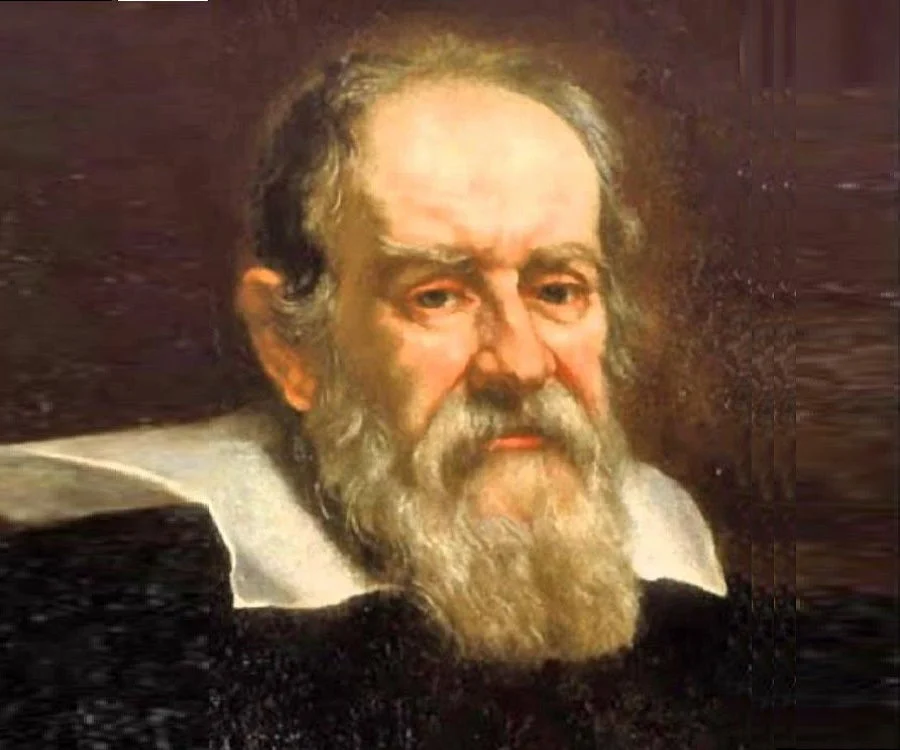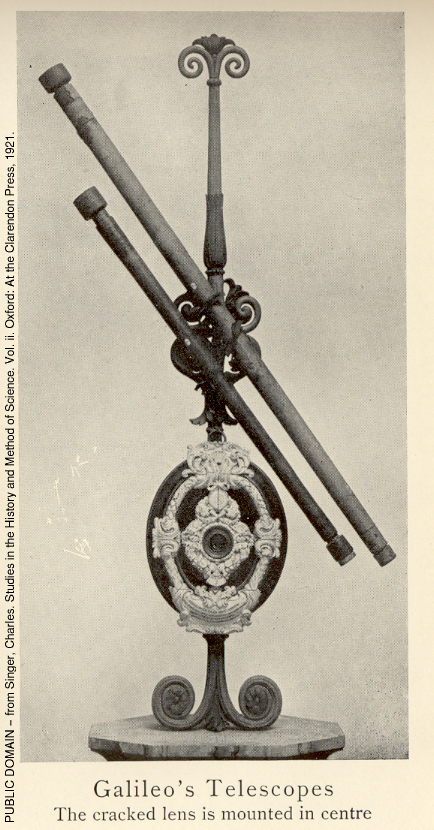Home > Sections > Famous Scientists > Galileo Galilei
Galileo Galilei
Born: February 15th, 1564. Died: January 8th, 1642.
Introduction
One of the most significant people in the history of science, Galileo Galilei, more commonly called just Galileo, formed the discovery of other moons in the Solar System, along with some other findings that put scientific fact on the map, instead of the then beliefs that of the church.
Early Life & Education
Galileo was born in Pisa, Italy, and was the son of a musician. They live in Florence in the early 1570s, where the Galilei family originated from. Galileo attended the monastery school in Vallombrosa during his teens, and in 1581 he went to the University of Pisa to study medicine.
He spent four years there, but failed to get a degree. Instead, he gave private lessons in the mathematical subjects in Florence and Siena. Here, he designed a new form of hydrostatic balance for weighing small quantities. He also studied the laws of motion, which he pursued for over two decades.
Galileo studied Aristotelian notions, but his own experiments concluded that of non-Aristotelian ways. He noted that, after dropping heavy objects off the Leaning Tower in Pisa, that the speed of fall of a heavy object is not proportional to its weight.
His works became popular enough that he was secured as chair of mathematics at the University of Padua, where he taught 1592 until 1610. His salary was not big enough to cope with him being head of the house (his father had died in 1591), so he was always pressed for money. This is also the reason why he did not marry, although he did have an arrangement with a Venetian woman, Marina Gamba. With her, they had two daughters and a son.
His works included the fact that the distance fallen by a body is proportional to the square of the elapsed time (the law of falling bodies), and that the trajectory of a projectile is a parabola. These both contradicted Aristotelian physics.
Later Life & Death
His works through the telescope began when he found out that an instrument has been invented that could show far away objects close up. He quickly figured out how it worked, and set about making his own, and also making more powerful versions of a telescope. This enabled him with life tenure and a doubling of his salary. Galilieo became one of the highest paid professors at the university.
With these telescopes, he drew the moon's phases, showing that the Moon is not a smooth surface. In January 1610 he discovered four moons revolving around Jupiter. He also saw many more stars from beyond, and quickly made a book that showed this, called Sidereus Nuncius (The Sidereal Messenger).
His very late life involved being placed under house arrest for eight years before his death, as his theories did not sit well with the church communities for disparaging their beliefs.





